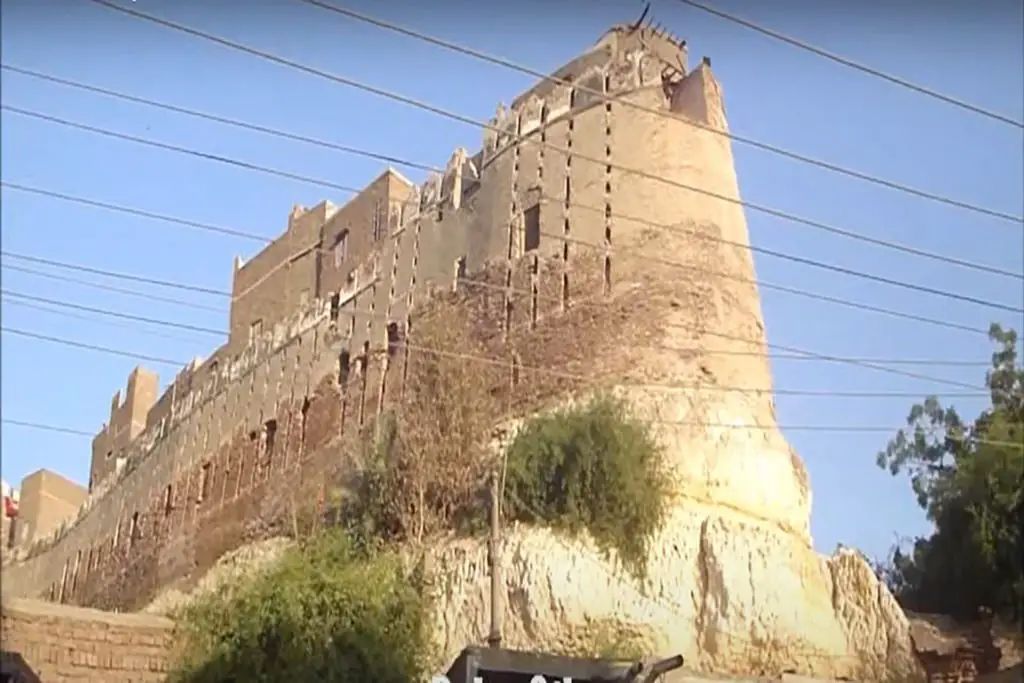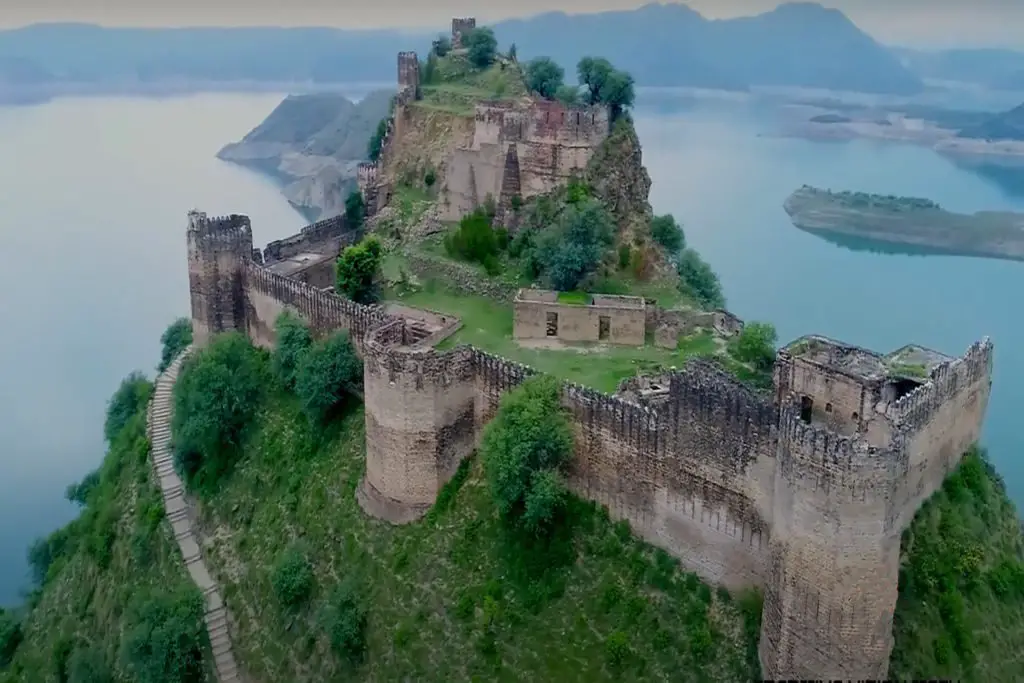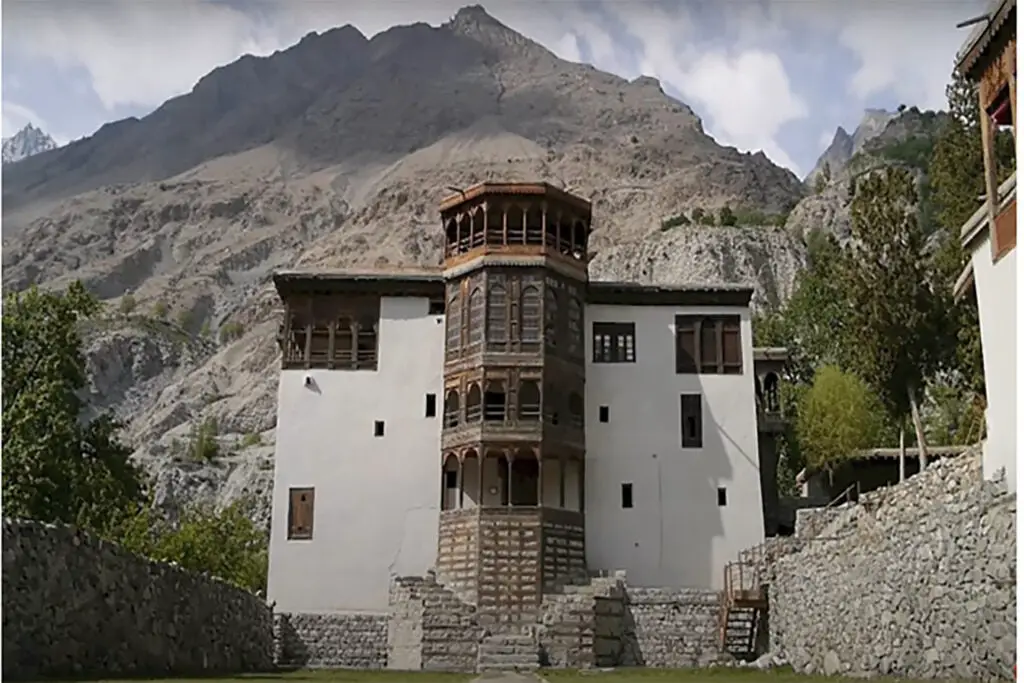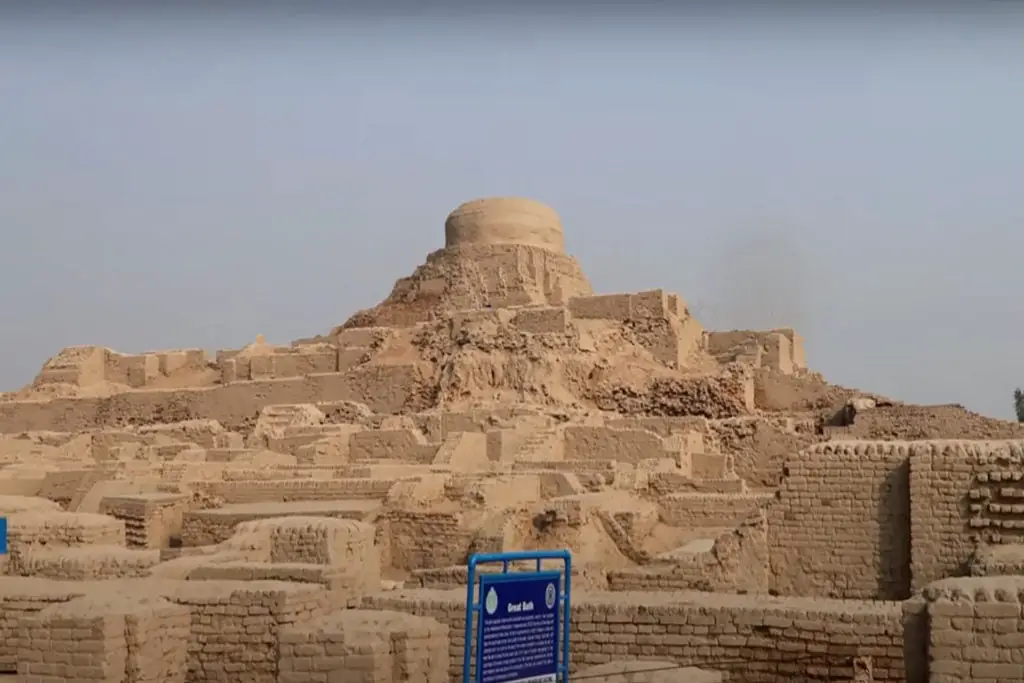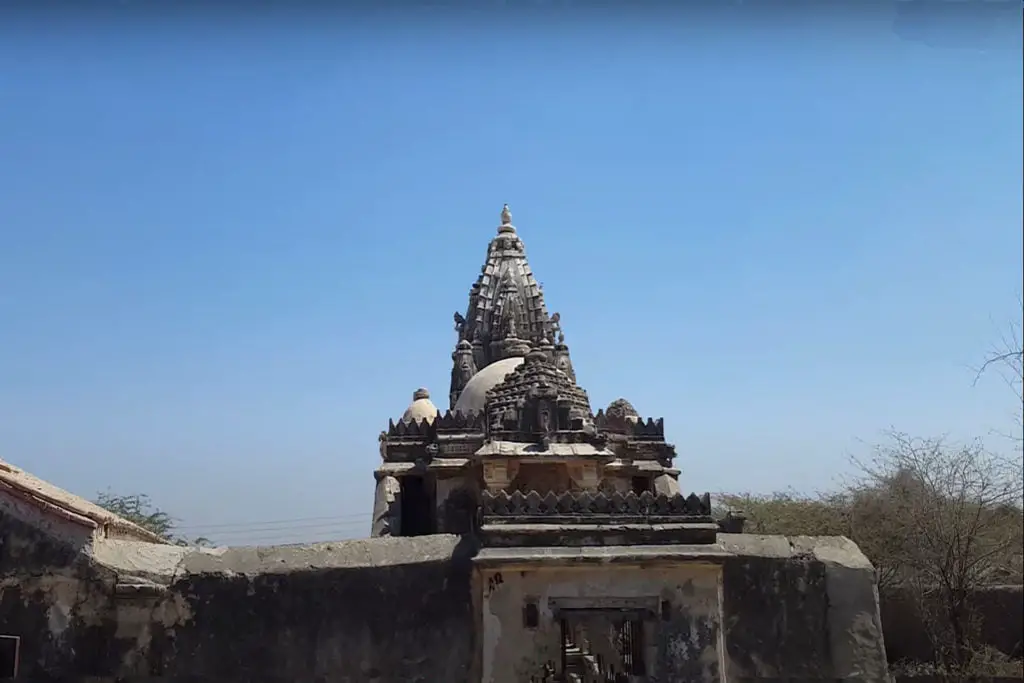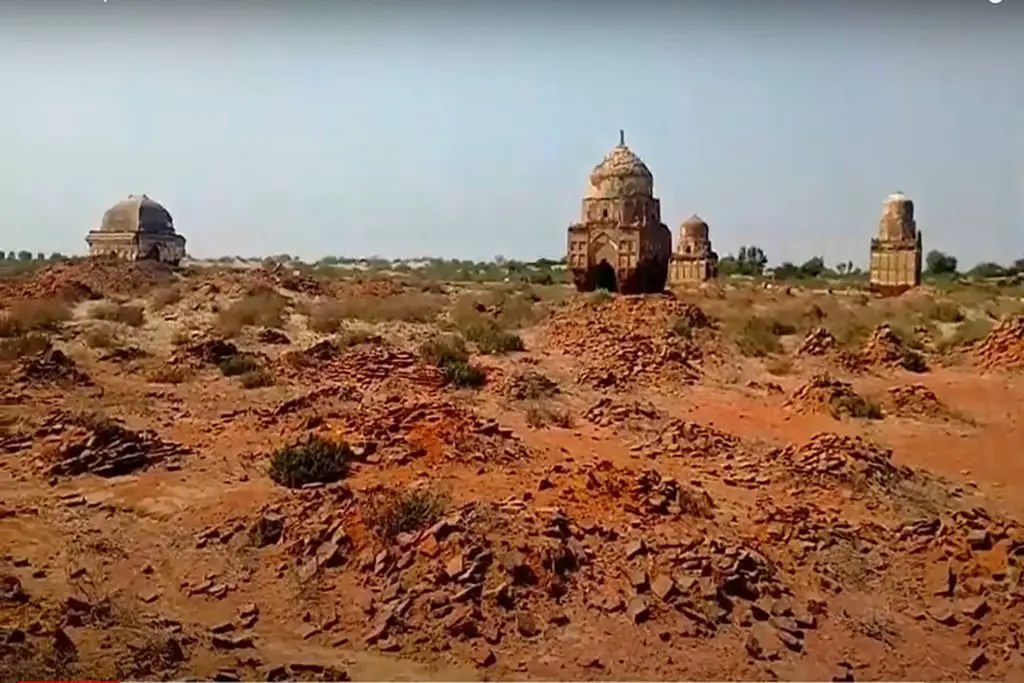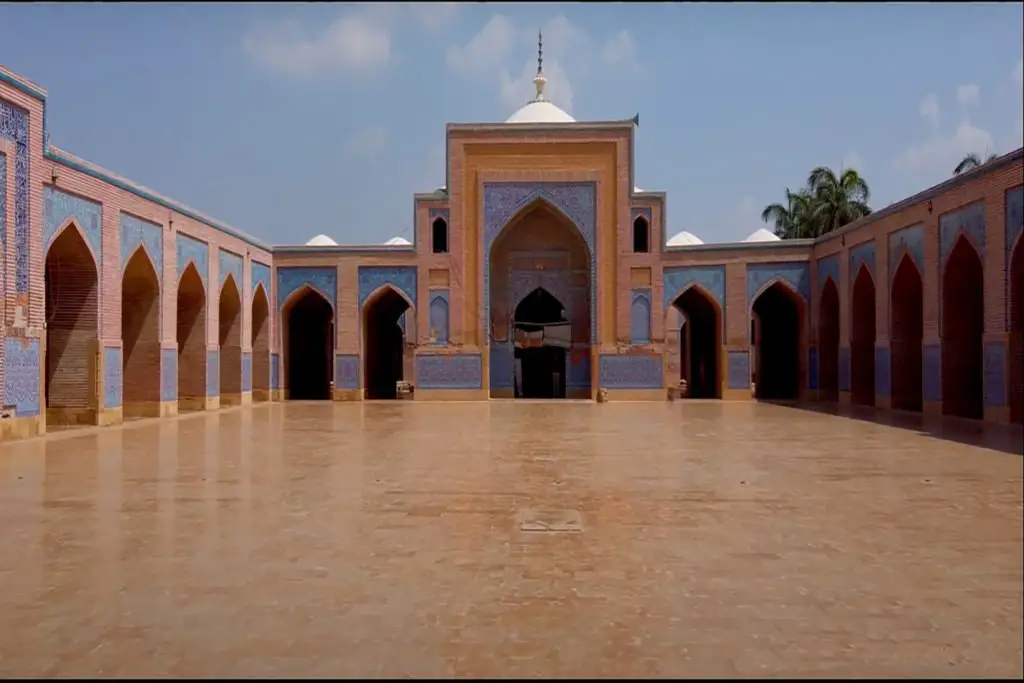Hyderabad is home to several ancient architectural masterpieces and Pakka Qila is one of them. A tall, massive fort called Pakka Qila (Pucca Fort or Royal Fort) is located near Mukhi House Museum and Hasrat Mohani Central Library in the streets of Shahi Bazaar.
Pakka Qila is one of the prominent architectural landmarks of Hyderabad. Many people in Hyderabad and Sindh are familiar with Pakka Qila, but few have visited it and are aware of its history.
Location for Pakka Qila Hyderabad:
Pakka Qila, also known as the Hyderabad Fort, is a mighty fortress located in Hyderabad, Telangana, India. The fort was built during the late 16th century by Muhammad Quli Qutb Shah, the fifth Sultan of the Qutb Shahi dynasty, and it served as a stronghold for the dynasty during various conflicts and invasions.
Pakka Qila Hyderabad Built By:
The foundation of Pakka Qila was laid in 1769 by Mian Ghulam Shah Kalhora, a ruler of the Kalhora dynasty who ruled the region from 1757-1772. During the reign of the Talpur dynasty (1783-1843), several new buildings were added to the fort and it served as a court and accommodation for the ruling family of Mir Fateh Ali Khan.
History of Pakka Qila
During the reign of Talpur ruler Fateh Ali Khan, the fort reached the height of its magnificence. It consisted of gardens, large halls, a mosque, and several beautiful buildings.
However, its decline began in 1843 when the British defeated the Talpuras and the fort came under their control. The colonizers destroyed most of the surrounding buildings and the towers of Pakka Qila were also razed to the ground.
They established two huge water tanks in the fort, which are visible from different parts of Hyderabad. The fort was used as a military storehouse and office of the British, while the Mir-e-Haram, the central building was used as a court, residence, and meeting hall of the Kalhoros, Talpurs, and the British.
During the whole process, the fort was heavily damaged.
During Partition, when immigrants from India were housed in the fort, the damage only increased.
Originally, the fort was spread over 30 acres of land, but due to the permanent settlement of immigrants in it, today’s Pakka Qila is spread over only a few hectares. It is surrounded by many strange buildings, giving the whole area the appearance of a slum.
Design of Pakka Qila
Known as Pakka Qila because of the bricks used in its construction. Structurally, the fortress had an ovoid shape, but only some of its walls have survived.
Towards the west is a dilapidated gate that faces the Shahi Bazar. As you enter the gate, a few steps to the left lead to the Mir-e-Haram, which is still used by government offices.
The area adjacent to the gate was converted into a museum, but over time the artifacts were stolen. As a result, there is no trace of the museum today.
The fort has unique and impressive architecture, blending Persian, Indian, and European styles. It is spread over an area of around 5 kilometers and is surrounded by a moat that used to be filled with water. The fort has four large gates, which are named after different cities – the Charminar Gate, the Delhi Gate, the Machli Kaman Gate, and the Kachiguda Gate.
The interior of the fort is equally fascinating, with several palaces, mosques, and other buildings that reflect the rich cultural heritage of the region. Some of the notable structures within the fort include the Rani Mahal, the Diwan-i-Aam, the Taramati Mosque, and the Hayat Bakshi Begum Mosque.
Tourist Attractions at Pakka Qila
Being located in the center of Hyderabad and adjacent to many historical and religious sites, the fort has become a famous tourist attraction but is in dire need of renovation.
Currently, the fort is in ruins and surrounded by garbage, while the lack of a water drainage system further deteriorates the condition of the fort.
Preservation of Pakka Qila Hyderabad
The Government of Sindh and the Sindh Department of Antiquities are not paying any attention to the preservation of the abandoned fort. In the last ten years, many plans have been proposed to preserve it, but without progress.
The hope of saving it remains as the Sindh Antiquities Department has promised to restore the fort to its original form. The problem is compounded by the fact that the 50,000 people living in the fort have to be resettled and given alternative housing.
In addition, the residents of the fort have long run their family businesses both inside and outside the fort, which increases their reluctance to move out.
The Sindh government must restore this neglected historical heritage by relocating residents and Government offices to Qilla and giving it to a public-private partnership to also become a source of revenue.
Today, Pakka Qila is a popular tourist destination and a symbol of Hyderabad’s rich history and heritage. Visitors can explore the various structures within the fort, enjoy stunning views of the city from its ramparts, and learn about the fascinating stories and legends associated with this magnificent fortress.

